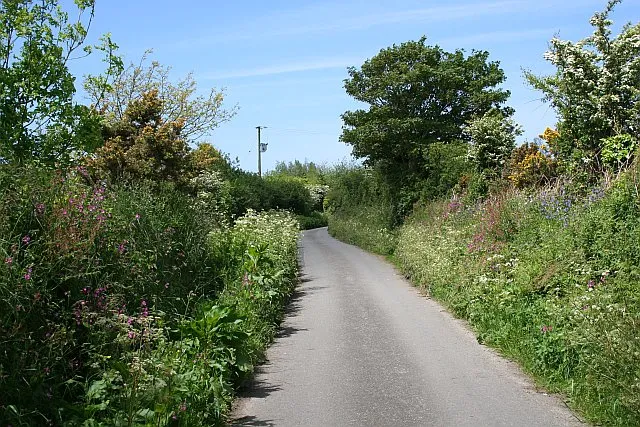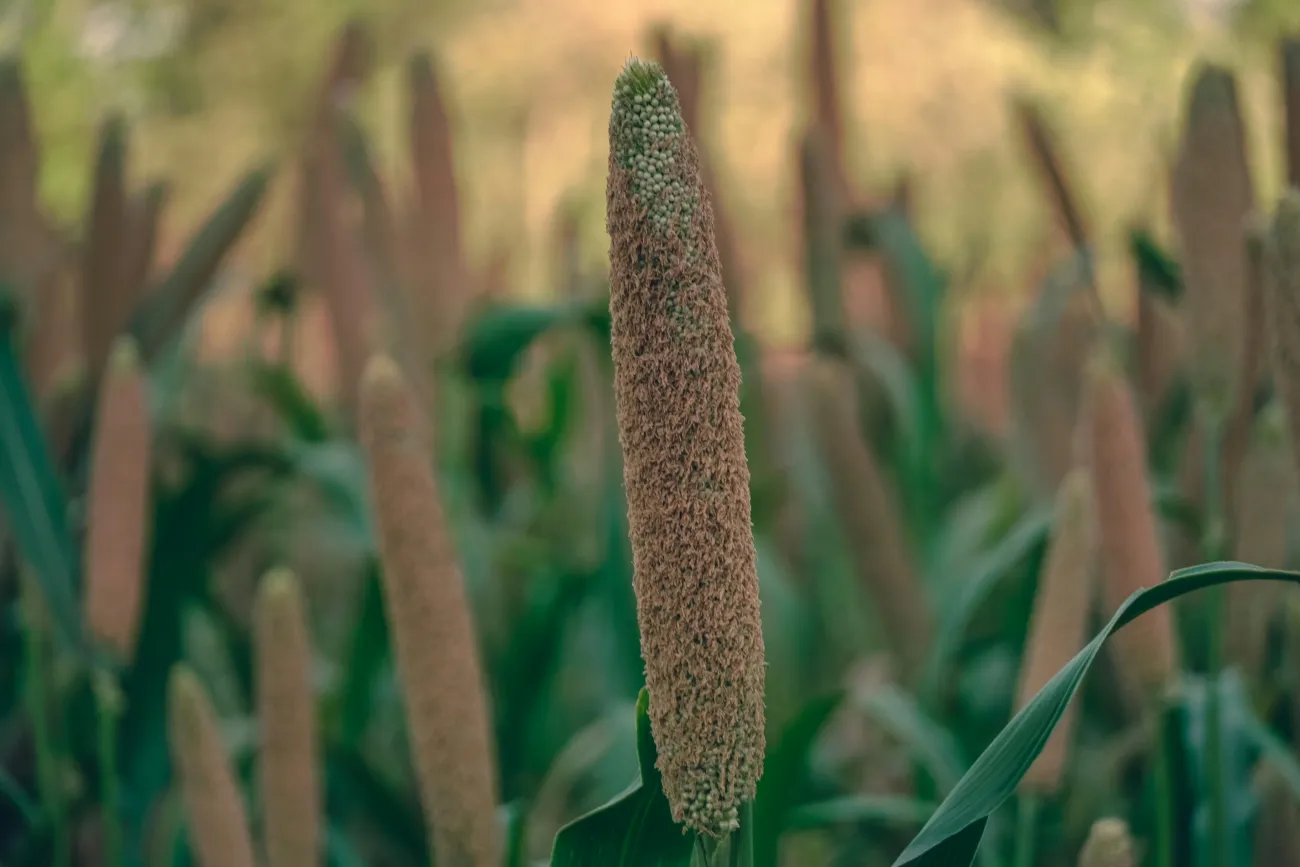A paper reviews how “working lands” such as farms, forests and rangelands can be managed to protect biodiversity and ecosystems services. The paper points out that the management of working lands can be complementary to using protected areas to conserve biodiversity.

The conservation techniques discussed include:
- Agroecology, e.g. intercropping, cover cropping or crop rotation
- Projects to connect different parts of the landscape, such as hedgerows, flower strips and silvopasture
- Forestry that integrates a variety of tree types and ages
- Groundwater recharging to maintain stream flows
Abstract
How can we manage farmlands, forests, and rangelands to respond to the triple challenge of the Anthropocene—biodiversity loss, climate change, and unsustainable land use? When managed by using biodiversity-based techniques such as agroforestry, silvopasture, diversified farming, and ecosystem-based forest management, these socioeconomic systems can help maintain biodiversity and provide habitat connectivity, thereby complementing protected areas and providing greater resilience to climate change. Simultaneously, the use of these management techniques can improve yields and profitability more sustainably, enhancing livelihoods and food security. This approach to “working lands conservation” can create landscapes that work for nature and people. However, many socioeconomic challenges impede the uptake of biodiversity-based land management practices. Although improving voluntary incentives, market instruments, environmental regulations, and governance is essential to support working lands conservation, it is community action, social movements, and broad coalitions among citizens, businesses, nonprofits, and government agencies that have the power to transform how we manage land and protect the environment.
Reference
Kremen, C. and Merenlender, A. M., 2018. Landscapes that work for biodiversity and people. Science, 362(6412), eaau6020.
Read the full paper here. See also the Foodsource building block What is the land sparing-sharing continuum?




Comments (0)